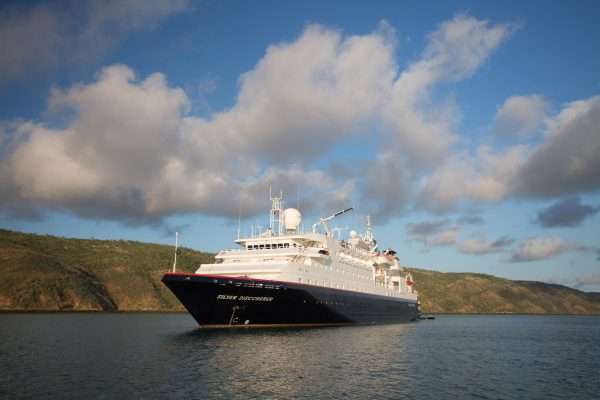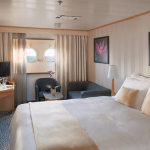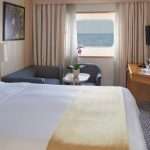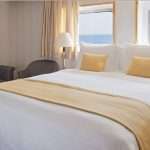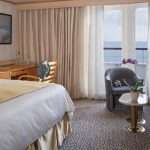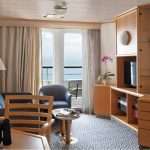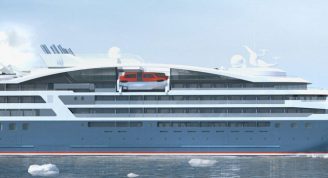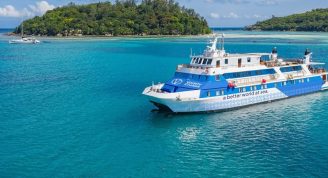Description
Fascinated by the idea of one of the world’s most wild and remote regions? Then UNESCO protected Aldabra is for you. While the extraordinary beauty of all the Indian Ocean islands are legendary, some are simply divine. Considered the 8th continent, no amount of travel can prepare you for Madagascar with its emerald rainforests, gigantic baobab trees and golden beaches. Embrace your explorer within.
Trip Name
Expedition Madagascar and Aldabra
Days
18
Overview
Vessel Type: Luxury Expedition
Length: 338 Feet/102.9 Metres
Passenger Capacity: 120 passengers
Refurbished: 2016
Her small size and shallow draft allow close-up access to rugged coasts well beyond the reach of ordinary vessels. And she has been newly refurbished to help guests maximize their experience and build a genuine connection with the regions they visit.
Spacious decks and panoramic public rooms mean the drama of the unexpected is never far from view. A fleet of Zodiacs allows exploration from the water or remote landings anywhere nature or curiosity dictate. Since many of our expeditions sail to some of the world's most pristine coral reef systems, there's a glass-bottom boat for underwater viewing along with a full complement of snorkelling equipment and a dive programme for advanced divers.
We've also taken great care to assemble a truly outstanding Expedition Team, composed of experts in the culture, history and wild life of the destinations, to present informal talks, guide Zodiac outings and lead small-group explorations ashore. While back on board, every creature comfort awaits: an ocean-view suite, in-suite bar and the head-to-toe pampering of a butler; elegant lounges and open bar where fellow travellers gather to swap tales about their day's adventures; and cuisine that meets Silversea's standards of culinary excellence — which are lofty, indeed. Imaginative menus in The Restaurant feature both regional offerings and dishes inspired by Relais & Châteaux. Additional amenities include a sun-catching pool deck, an internet cafe, a fitness centre, and a beauty and massage centre — particularly alluring after an adventurous day ashore.


